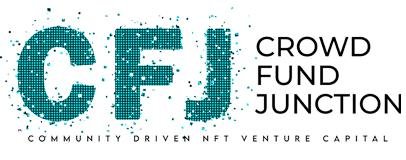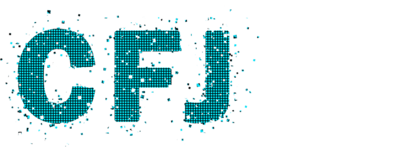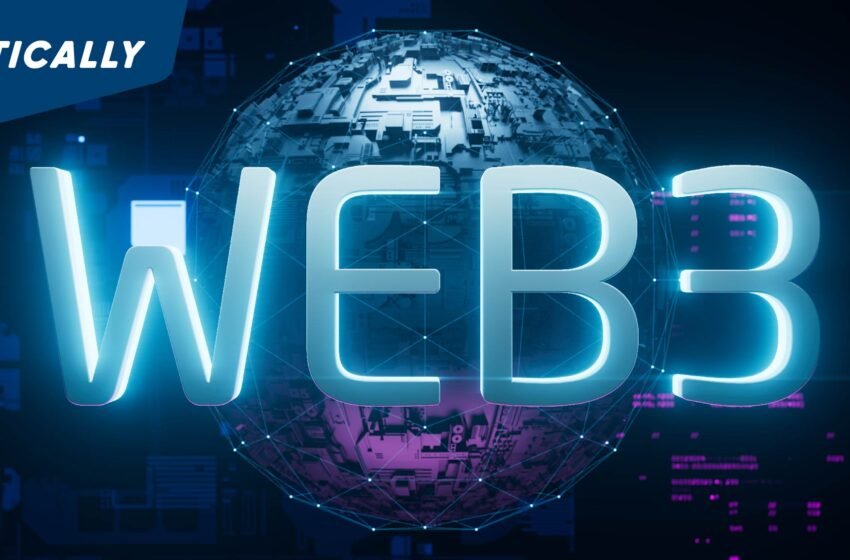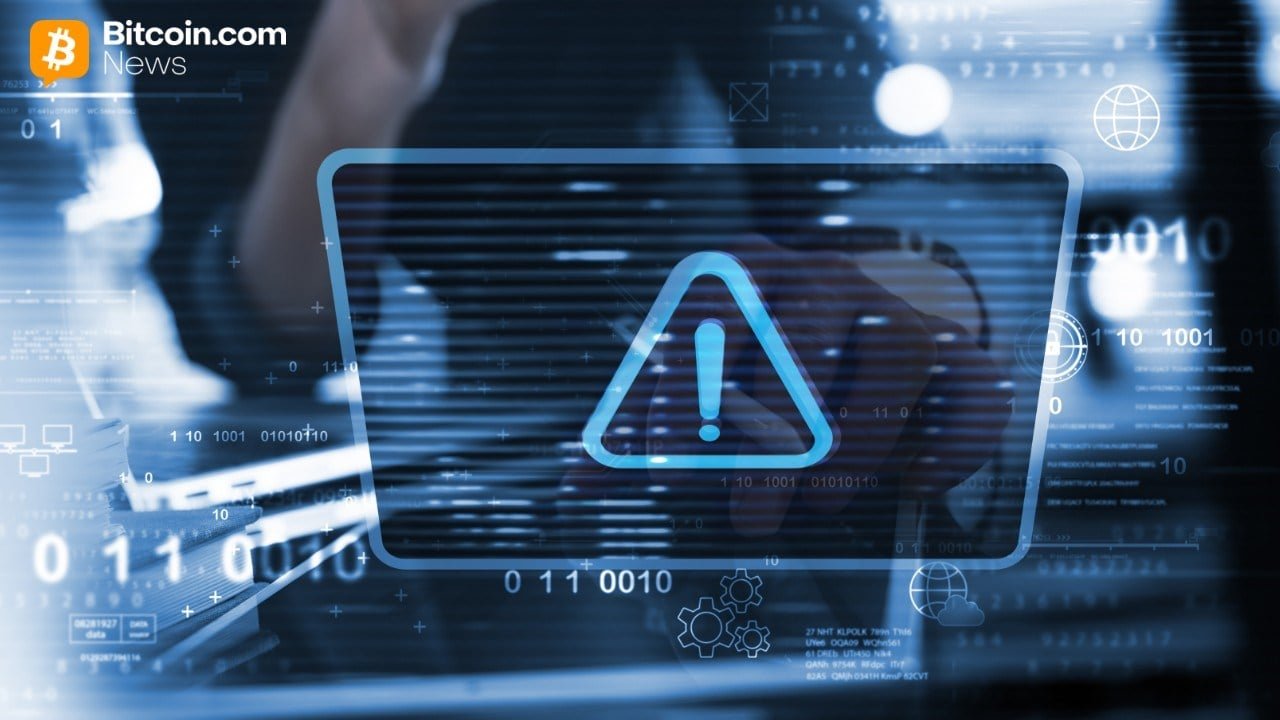A new way of engaging your audience and gaining a competitive edge
(Originally posted on : NFTICALLY )
Web3 is the third ‘iteration’ of the internet. Hence, you can think of the internet as a spectrum of evolution. Change is the only constant. Hence, the internet is always changing. We started with static web pages in the 1990s. Today, we can do many things, like shop, communicate, collaborate, play and earn. To shed some context of how we got here, it is best if we start a history lesson. This history lesson gets divided into Web1, Web2 and Web3. Once done, we can understand how Web3 is a new way of engaging your audience and gaining a competitive edge.
What is Web1?
We start with the invention of the transistor and microprocessor. Hence, these silicon based electronic items help information in as little space as possible. You must be familiar with Moore’s law. It says that every 18 months or so, our ability to pack in information in less space has doubled. This means that we do more with our information with less space. As we gained the ability to store massive amounts of data, we broadcast everyone. Grand projects laid fibre optic cables connected every home with a broadband connection. This is the apex time of the Web1 era. In the 1980s and 1990s, we saw the formation of gigantic corporations we’re familiar with today. They include Apple, Amazon, Google and Microsoft.
The Web1 era is best characterized by decentralized, free to use protocols like HTTP, SMTP and TCP/IP. HTTP allowed developers to build websites. SMTP started the email era. TCP/IP started the internet. It is the protocol that regulates the transfer of data from one computer network to another.
What is Web2?
Post the 2000s, the attention shifted to how we could use free to use protocols to create value. Hence, people start questions with regards to the usability of the internet in our daily lives. Apart from sharing information via free to use websites, the focus shifted. The era of digital advertising had begun. We saw e-commerce, social media, payment processors and other services. The digital economy started in the 2000s. As we moved past the great financial crisis of 2008, everything was on its way to becoming digitized.
The best example of web2 is the emergence of the iPhone and mobile internet. As costs began to fall across the world, people started accessing the internet. People started to come online for long periods of time. This meant that attention had shifted online. It was now on its way to become monetized via advertising, commerce and entertainment.
What is Web3?
The emergence of the Bitcoin whitepaper in 2009 is the starting point of Web3. For instance, the term Web3 gets used before, in different contexts. The idea of a user-owned internet is not new. Since the 1990s, researchers and academics sought to build a peer-to-peer network. This would not require the need of platform based businesses. Satoshi Nakomato, with Bitcoin, had proven for the first time that it was possible in practice.
In Web3, tokens represent the atomic units of a new internet. Hence, what websites were to Web2, tokens are to Web3. Tokens allow us to bake payments into the core of the internet itself. The financial system always existed separate from the internet. With blockchain technology, human value exchange and coordination can scale across the world. Creators will thrive in this new economy. Users do not need to worry about advertisers everywhere they go. Also, important to note is that Web3 will end the practice of data monopolies. Instead make companies focus on building great products and services.
Web3: A new of Engaging your Audience and Gaining a Competitive Edge
So why is Web3 a game changer for companies and businesses? Let’s explore. For instance, we classify the points according to the criteria of the audience’s point of view. Also, we keep in mind that businesses want to gain a competitive edge by using Web3 technologies.
Give Users the Control they Seek
Data privacy is a topic that engages minds. Hence, it is not taken seriously because solutions are cumbersome for users. For instance, as an internet user, you need to perform a lot of steps to ensure that you own your data. Likewise, in Web3, the blockchain makes this problem redundant. Hence, every interaction that we make on a blockchain enabled website uses smart contracts. Users now own this data in their wallets.
Web3 allows Companies to Engage Users with Digital Assets
The NFT market is not new. In a sense, popular games used digital items and skins to engage users, but did it in their own walled gardens. Likewise, Web3 and NFTs allow companies to create interoperable digital assets. Every company with an online presence can engage their users with digital assets. Programmable digital assets allow users to gain access to specific experiences.
Web3 uses blockchain technology to create new economic value
Web3 reinvents the data structures of the internet. Hence, it changes the dynamics between users and companies. Blockchain technology turns customers into owners of the companies using tokens. This subtle shift has giant repercussions for every company on the planet. Tokens turn users into marketers.
Token owners love to talk about companies to others and in the process helps companies grow. This was something never possible in the history of the world. For instance, for the longest time, companies treated customers as something to chase. Web3 reinvents this old paradigm into a new form of economic value.
Conclusion
Web3 reinvents the internet. For instance, the Web2 world is still coming to terms with it. However, not for long. Likewise, the biggest companies and institutions in the world have already announced plans for digital assets. We’re entering into a decentralized internet, and it is possible that it will be faster than the translation from Web1 to Web2. Companies of all sizes need to come to terms with this shift and seek to play as per their current business models. For instance, if your business model is native to the internet, then you’ve no choice but to adapt to Web3.
NFTICALLY is a venture that helps brands, ventures and enterprises create and launch their own NFT marketplaces.








 Bitcoin
Bitcoin  Ethereum
Ethereum  Tether
Tether  XRP
XRP  USDC
USDC  TRON
TRON  Lido Staked Ether
Lido Staked Ether  Dogecoin
Dogecoin  Cardano
Cardano  Figure Heloc
Figure Heloc  WhiteBIT Coin
WhiteBIT Coin  Wrapped stETH
Wrapped stETH  Wrapped Bitcoin
Wrapped Bitcoin  Bitcoin Cash
Bitcoin Cash  USDS
USDS  Hyperliquid
Hyperliquid  LEO Token
LEO Token  Chainlink
Chainlink  Binance Bridged USDT (BNB Smart Chain)
Binance Bridged USDT (BNB Smart Chain)  Stellar
Stellar  WETH
WETH  Wrapped eETH
Wrapped eETH  Monero
Monero  Zcash
Zcash  Ethena USDe
Ethena USDe  Coinbase Wrapped BTC
Coinbase Wrapped BTC  Litecoin
Litecoin  Hedera
Hedera  Avalanche
Avalanche  Sui
Sui  Shiba Inu
Shiba Inu  Dai
Dai  World Liberty Financial
World Liberty Financial  sUSDS
sUSDS  Cronos
Cronos  Ethena Staked USDe
Ethena Staked USDe  Toncoin
Toncoin  PayPal USD
PayPal USD  Uniswap
Uniswap  Polkadot
Polkadot  USDT0
USDT0  Mantle
Mantle  Canton
Canton  Bittensor
Bittensor  Aave
Aave  USD1
USD1  Bitget Token
Bitget Token  NEAR Protocol
NEAR Protocol  BlackRock USD Institutional Digital Liquidity Fund
BlackRock USD Institutional Digital Liquidity Fund  OKB
OKB  Tether Gold
Tether Gold  Falcon USD
Falcon USD  MemeCore
MemeCore  Internet Computer
Internet Computer  Ethena
Ethena  Ethereum Classic
Ethereum Classic  Aster
Aster  Pi Network
Pi Network  Pepe
Pepe  Jito Staked SOL
Jito Staked SOL  Binance-Peg WETH
Binance-Peg WETH  Solana
Solana  Jupiter Perpetuals Liquidity Provider Token
Jupiter Perpetuals Liquidity Provider Token  Pump.fun
Pump.fun  HTX DAO
HTX DAO  Rain
Rain  Ondo
Ondo  Aptos
Aptos  Worldcoin
Worldcoin  Quant
Quant  PAX Gold
PAX Gold  KuCoin
KuCoin  POL (ex-MATIC)
POL (ex-MATIC)  syrupUSDC
syrupUSDC  USDtb
USDtb  BFUSD
BFUSD  Binance Bridged USDC (BNB Smart Chain)
Binance Bridged USDC (BNB Smart Chain)  Rocket Pool ETH
Rocket Pool ETH  Ripple USD
Ripple USD  Global Dollar
Global Dollar  Algorand
Algorand  Sky
Sky  Wrapped BNB
Wrapped BNB  Circle USYC
Circle USYC  Arbitrum
Arbitrum  Gate
Gate  Official Trump
Official Trump  Filecoin
Filecoin  Cosmos Hub
Cosmos Hub  Binance Staked SOL
Binance Staked SOL  VeChain
VeChain  Function FBTC
Function FBTC  Lombard Staked BTC
Lombard Staked BTC  Liquid Staked ETH
Liquid Staked ETH